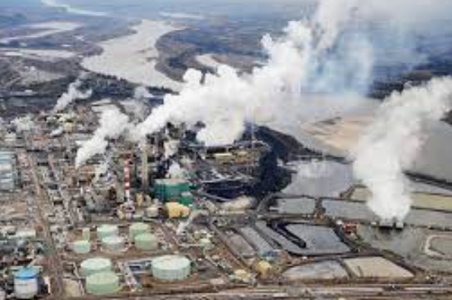Over the next year, Canadian oil production is expected to increase by around 10%, making the country a major contributor to the world’s rising oil supply.
Oil & Gas Data Center
Oil & Gas Operators in Canada
Detailed list of Oil & Gas Operators active in Western Canada
According to S&P Global Commodity Insights, the country’s oil production could increase by as much as 500,000 bpd, from its current level of around 4.8 million bpd, to around 5.3 million bpd by the end of 2024.
Although most of the expansion will come from Alberta’s oilsands, similar increases are anticipated in the rest of Western Canada and at offshore facilities close to Newfoundland and Labrador.
“Half a million is a lot,” said S&P’s chief analyst for Canadian oil markets, Kevin Birn. “It’s bigger than a lot of countries produce in the world.”
Low overall production this year is partly due to extensive maintenance needs at some oilsands facilities, which will lead to a sharp increase in oil output over the next 12–14 months.
As the Trans Mountain pipeline begins transporting more oil from Alberta to the West Coast, Canada’s oil production is expected to reach a record high at the same time. The pipeline’s capacity will increase from 300,000 bpd to 890,000 bpd once the expansion is complete.
According to Birn, major oilsands producers aren’t spending more on extracting more oil from the ground but rather looking for ways to maximize the efficiency of their current infrastructure.
However, he warns that this production growth rate is temporary and may level off after 2024.
“This could be the last really large hurrah before we see a material slow down in Western Canada supply growth,” he said. “We do see this plateauing effect really beginning around 2025 and 2026.”
Although the Terra Nova field restart off the coast of Newfoundland and Labrador has been delayed multiple times, it could happen next year.
When it comes to crude oil production, Canada could become the world’s biggest contributor in 2024. An increase in oil production by about 500,000 bpd is expected, which exceeds the 400,000 bpd increase predicted for the United States.
Deloitte Canada recently released a report projecting that Canada’s growth over the next two years will exceed the total amount added over the last five years.
The federal government plans to release proposed regulations this fall to put a cap on emissions from oil and gas production and then gradually drive them lower.
About 11% of Canada’s total greenhouse gas emissions come from the oilsands, while 15% comes from the rest of the oil industry and all of the natural gas industry combined.
Energy News











